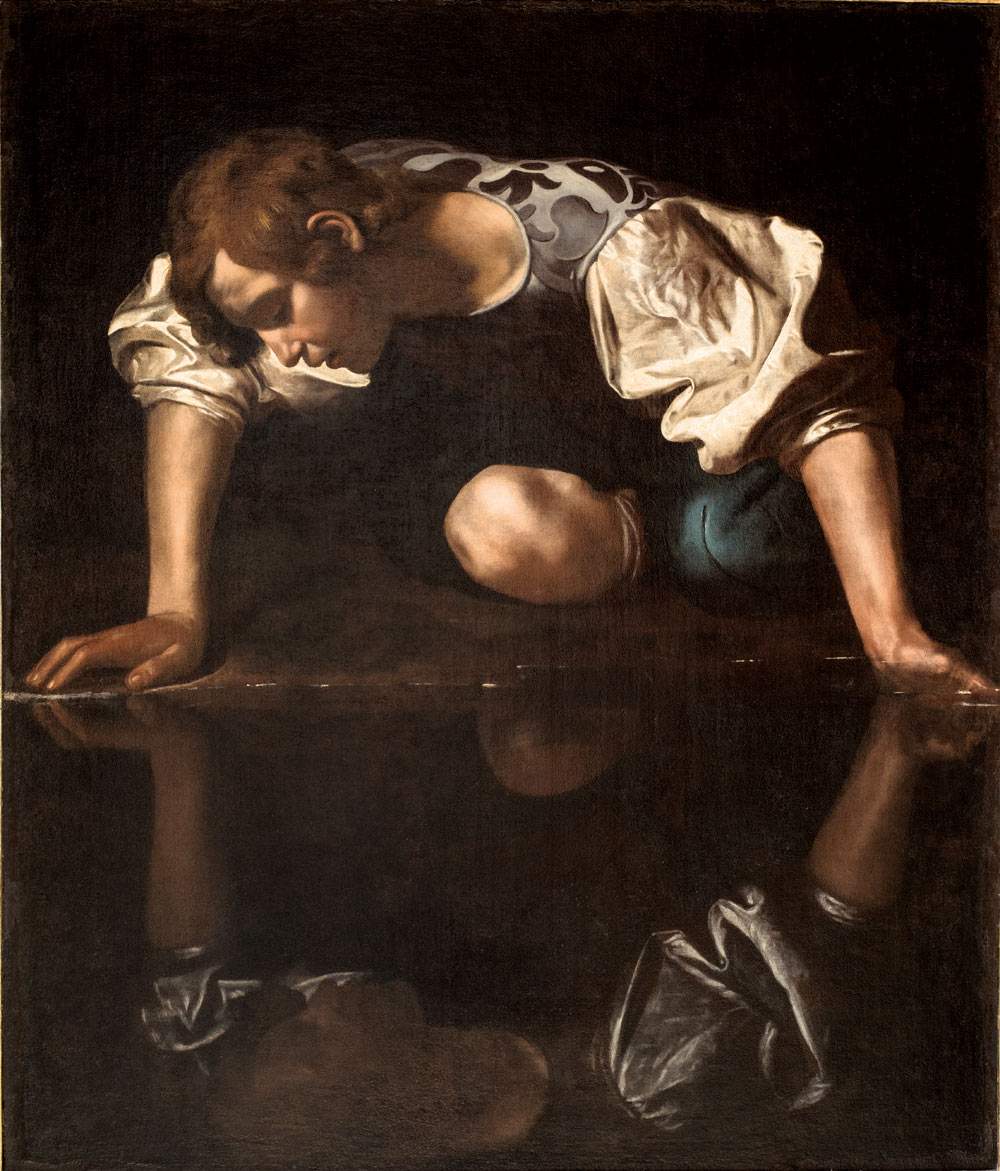From February 14 to June 7, 2020, the Rijksmuseum in Amsterdam will host the exhibition Caravaggio-Bernini. Baroque in Rome, dedicated to the birth of Baroque art. This is the second stage of the exhibition held in 2019 at the Kunsthistorisches Museum in Vienna and thus has the same goal: to show how Caravaggio and Bernini were instrumental in directing the fortunes of 17th-century painting and sculpture, respectively. The exhibition counts on an itinerary of more than seventy works aimed at illustrating the birth and development of the Baroque in Italy.
Caravaggio (Michelangelo Merisi; Milan, 1571 - Porto Ercole, 1610) and Gian Lorenzo Bernini (Naples, 1598 - Rome, 1680), are recognized as the leaders ofa “revolution” that began in Rome and was destined to spread throughout Europe: the climate of the capital of the Papal State guaranteed the ideal conditions for the birth of a new style that would go down in history with the name “Baroque.” The works of Caravaggio and Bernini tell a story of great artistic ferment and radical renewal of the arts, in a period that the exhibition identifies roughly between 1600 and 1640, from Caravaggio’s arrival in the capital of the Papal States to the years of Bernini’s great papal endeavors. Caravaggio started a movement that had many followers (the Caravaggisti: Italians such as Orazio Gentileschi, Artemisia Gentileschi, Orazio Borgianni, Bartolomeo Manfredi, Mattia Baglione, and Mattia Preti, and Dutchmen such as Hendrick ter Brugghen, Gerrit van Honthorst, and Dirck van Baburen), while Bernini surprised his contemporaries with his virtuosity, his drama, his vitality, and the unprecedented dynamism of his sculptures. The exhibition aims to show how Bernini also imparted a significant impetus to the art of the time.
The itinerary of the Amsterdam exhibition has been structured according to the artistic vocabularies of the time (“wonder,” “vividness,” “motion,” “jest,” and “terribleness”): among the works featured in the exhibition will be Caravaggio’s Boy Bitten by a Lizard, two works traditionally attributed to him as the Narcissus and theCoronation of Thorns (but the subject of strong critical debate), while Bernini will be present with a youthful Bacchus, the St. Sebastian, the Medusa, portrait busts and a painted self-portrait of himself. There will also be works by Ludovico Carracci, Annibale Carracci, Guido Reni, Giovanni Baglione, Orazio Gentileschi, Artemisia Gentileschi, Nicolas Poussin, Simon Vouet, Tanzio da Varallo, Alessandro Algardi, François du Quesnoy, and Francesco Mochi.
The exhibition’s installations were conceived by an Amsterdam-based Italian design duo, Formafantasma (Simone Farresin and Andrea Trimarchi), who chose an installation style that aimed to enhance the Baroque language of the works through the use of appropriate colors and materials to create a contemporary environment for the powerful 17th-century works.
Produced in partnership with the Kunsthistorisches Museum in Vienna, the exhibition benefits from a catalog published by the Hannibal publishing house for sale at a price of 39.95 euros. For all information you can visit the Rijksmuseum Amsterdam website.
Pictured: Caravaggio or Giovanni Antonio Galli known as Spadarino, Narcissus (1597-1599 or 1645; oil on canvas, 112 x 92 cm; Rome, Galleria Nazionale d’Arte Antica di Palazzo Barberini)
 |
| Caravaggio and Bernini at Rijksmuseum in Amsterdam for exhibition on the origins of the Baroque |
Warning: the translation into English of the original Italian article was created using automatic tools. We undertake to review all articles, but we do not guarantee the total absence of inaccuracies in the translation due to the program. You can find the original by clicking on the ITA button. If you find any mistake,please contact us.